Sonata for Euphonium and Piano - David Gillingham |
||
|
Herer's the Sonata for Euphoniumm and Piano by the very popular US composer David Gillingham. He is a prolific composer for the euphonium and so many of his works have become an integral part of the modern euphonium repertoire.
Program Notes
The Sonata for Euphonium and Piano was written for and commissioned by Chris McGinty. The work is cast in the usual three-movement format with the outer movements structured in sonata form and the middle in simple song form (ABA). As the title suggests, the piano has an equal role to the euphonium and is hardly ever “accompanying” the euphonium.
The first movement features an aggressive primary theme characterized by octave leaps over fluctuating simple and compound meter. By contrast, the second theme group is comprised of graceful chord outlines and descending scale figures following modal harmony and chromatic mediant progressions in compound quadruple and quintuple meter. The development section utilizes the material from both theme groups moving through constantly shifting tonality. Solo piano brings back the primary theme in the recapitulation eventually joined by the euphonium. The second theme group finds the euphonium playing material related to the piano’s figuration in the exposition while the piano plays the melodic line, originally stated by the euphonium. A sprightly coda utilizing the primary thematic material ends the movement.
Like distant bells, the piano begins the second movement with a mixture of thirds and seconds in the warmth of D-flat major under which the euphonium plays a lovely arching melody. A transition leads to C major and the piano repeats the thematic material. A development ensues with the euphonium playing an ornamented version of the theme in compound duple meter with the piano moving in continuous 16ths. The passage modulates to D major and the euphonium plays an augmented version of the theme with the piano articulating the opening bell-like figure in diminution. The piano continues its figuration in an interlude which serves as a transition back to D-flat major and changes its pattern to pan-diatonic clusters that serve as a backdrop to a return of the theme in the euphonium. A coda shifts to F major, then A major, back to D-flat major, and then ends, longingly, on an F major seventh.
The final movement centers around the tonality of B-flat minor and begins tenaciously with a undulating pattern of 16ths in the piano in a very fast tempo. Against this, the euphonium plays an aggressive and foreboding theme following a mixture of the harmonic and melodic minor scale, ascending and descending. The foreboding mood changes drastically when the mode changes to B-flat major and the euphonium sings a celebratory theme derived from the primary theme. The piano enhances the celebration with quick octave leaps on three and four note diatonic clusters alluding to the ringing of bells. An extensive development section follows reworking both themes through transient modulations, sequences, diminution and augmentation, all of which fluctuate in mood from foreboding to celebratory. In the recapitulation, the euphonium begins with a dance-like version of the theme in 6/8 rhythm while the piano states the theme in augmentation. The two soon return to their roles as they were in the exposition. The second theme becomes even more celebratory with the piano playing the undulating pattern of the beginning of the movement in E-flat major and the euphonium augmenting the theme. There is a retransition to B-flat minor, but the rhythmic excitement continues through the coda to definitive closure.
Published C.Alan Publications
Duration:13.30 mins
Difficulty level: 4.5/6
Supplied with solo parts in TC and BC and piano part
Sonata for Euphonium and Piano - David Gillingham |
||
|
Herer's the Sonata for Euphoniumm and Piano by the very popular US composer David Gillingham. He is a prolific composer for the euphonium and so many of his works have become an integral part of the modern euphonium repertoire.
Program Notes
The Sonata for Euphonium and Piano was written for and commissioned by Chris McGinty. The work is cast in the usual three-movement format with the outer movements structured in sonata form and the middle in simple song form (ABA). As the title suggests, the piano has an equal role to the euphonium and is hardly ever “accompanying” the euphonium.
The first movement features an aggressive primary theme characterized by octave leaps over fluctuating simple and compound meter. By contrast, the second theme group is comprised of graceful chord outlines and descending scale figures following modal harmony and chromatic mediant progressions in compound quadruple and quintuple meter. The development section utilizes the material from both theme groups moving through constantly shifting tonality. Solo piano brings back the primary theme in the recapitulation eventually joined by the euphonium. The second theme group finds the euphonium playing material related to the piano’s figuration in the exposition while the piano plays the melodic line, originally stated by the euphonium. A sprightly coda utilizing the primary thematic material ends the movement.
Like distant bells, the piano begins the second movement with a mixture of thirds and seconds in the warmth of D-flat major under which the euphonium plays a lovely arching melody. A transition leads to C major and the piano repeats the thematic material. A development ensues with the euphonium playing an ornamented version of the theme in compound duple meter with the piano moving in continuous 16ths. The passage modulates to D major and the euphonium plays an augmented version of the theme with the piano articulating the opening bell-like figure in diminution. The piano continues its figuration in an interlude which serves as a transition back to D-flat major and changes its pattern to pan-diatonic clusters that serve as a backdrop to a return of the theme in the euphonium. A coda shifts to F major, then A major, back to D-flat major, and then ends, longingly, on an F major seventh.
The final movement centers around the tonality of B-flat minor and begins tenaciously with a undulating pattern of 16ths in the piano in a very fast tempo. Against this, the euphonium plays an aggressive and foreboding theme following a mixture of the harmonic and melodic minor scale, ascending and descending. The foreboding mood changes drastically when the mode changes to B-flat major and the euphonium sings a celebratory theme derived from the primary theme. The piano enhances the celebration with quick octave leaps on three and four note diatonic clusters alluding to the ringing of bells. An extensive development section follows reworking both themes through transient modulations, sequences, diminution and augmentation, all of which fluctuate in mood from foreboding to celebratory. In the recapitulation, the euphonium begins with a dance-like version of the theme in 6/8 rhythm while the piano states the theme in augmentation. The two soon return to their roles as they were in the exposition. The second theme becomes even more celebratory with the piano playing the undulating pattern of the beginning of the movement in E-flat major and the euphonium augmenting the theme. There is a retransition to B-flat minor, but the rhythmic excitement continues through the coda to definitive closure.
Published C.Alan Publications
Duration:13.30 mins
Difficulty level: 4.5/6
Supplied with solo parts in TC and BC and piano part

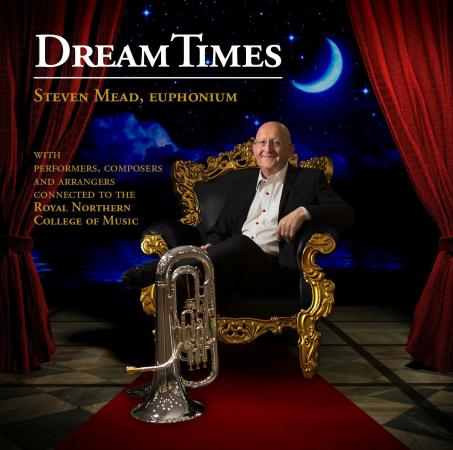


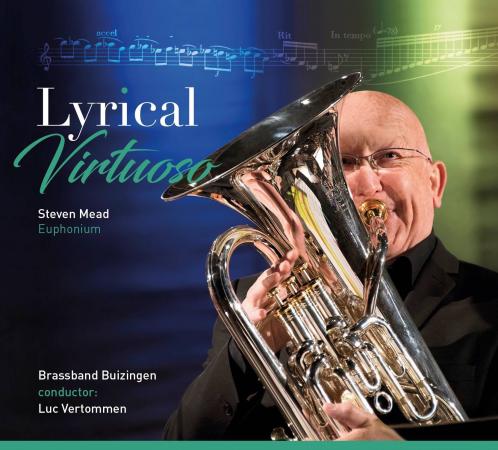






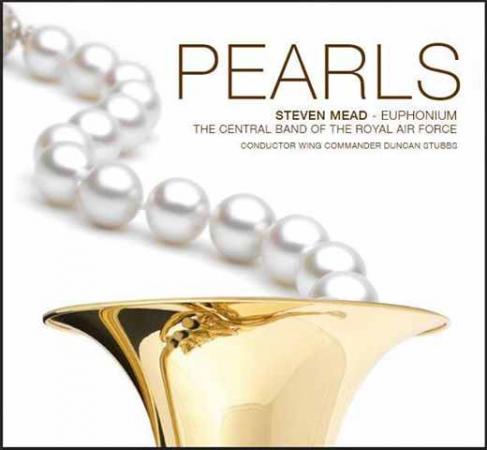
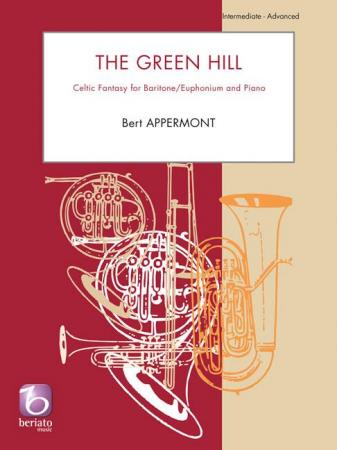


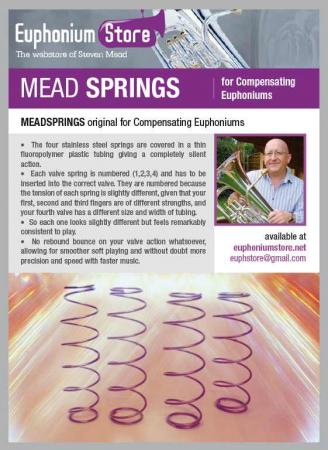
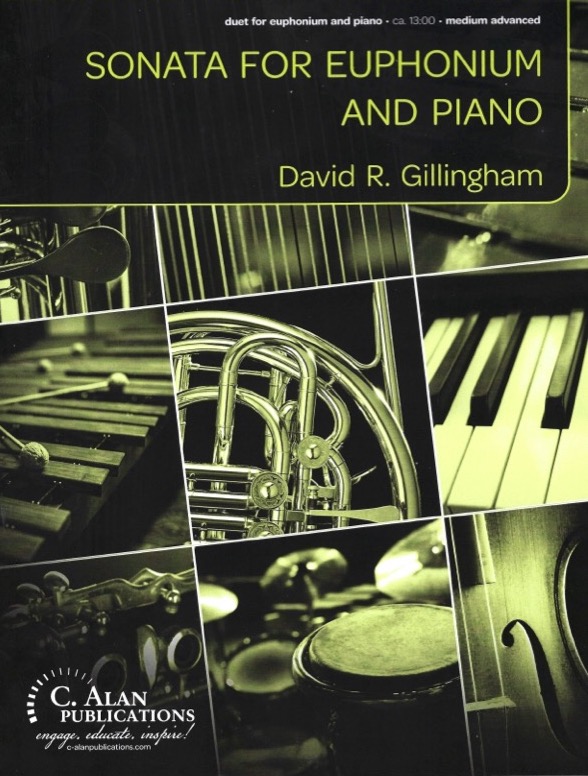
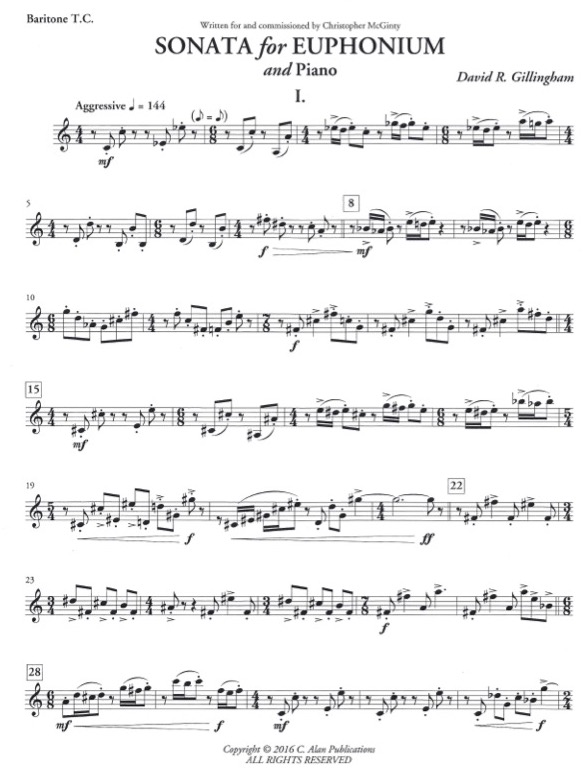
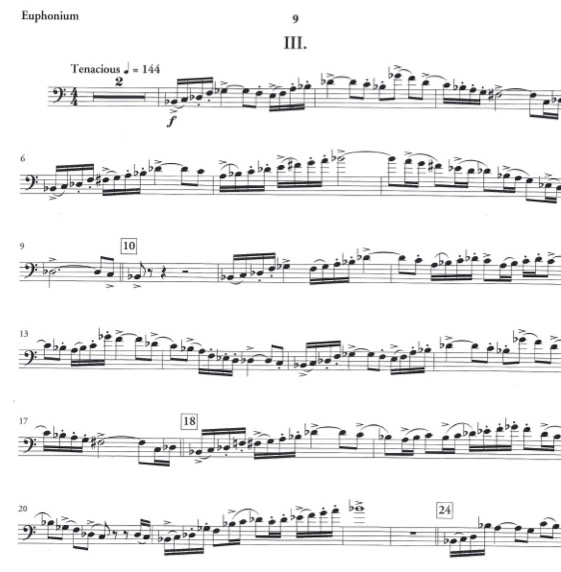
 In stock
In stock